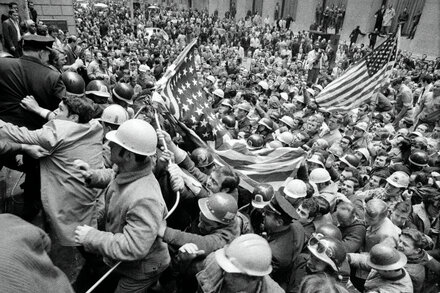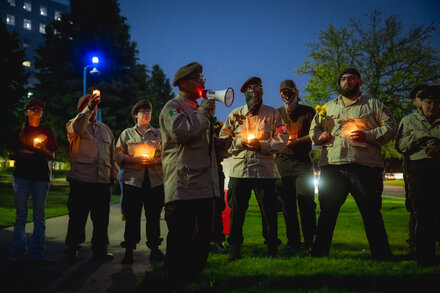Across major urban centers, a common sight for residents is the enduring presence of scaffolding and sidewalk sheds that can encase buildings for months, sometimes years. What begins as a temporary safety measure often evolves into a prolonged urban blight, raising questions and concerns among those living and working within these structures.
The issue is particularly acute in cities like New York, where regulations like the Facade Inspection Safety Program (FISP), formerly Local Law 11, mandate periodic inspections of building exteriors. If a facade is deemed unsafe, protective scaffolding is required to remain in place until necessary repairs are completed, a process that can be fraught with delays.
Impact on Residents and Businesses
For residents, the consequences of long-term scaffolding are manifold. Natural light can be significantly diminished, creating darker living spaces. The structures themselves can be noisy during installation or removal and may attract pests or create security vulnerabilities. Ground-floor businesses often report a drastic reduction in foot traffic and visibility, directly impacting their revenue.
“It’s like living in a cage,” describes Maria Rodriguez, a tenant in a Manhattan building that has been scaffolded for over two years. “Our apartment is constantly dark, and the noise from workers, even on weekends, is unbearable. It feels like the city has forgotten about us.”
Understanding the Delays
Several factors contribute to the protracted presence of scaffolding. The repair process itself can be complex, involving extensive planning, securing permits, and coordinating specialized contractors. Financial constraints, disputes between building owners and contractors, or even bureaucratic hurdles in obtaining necessary approvals can further extend timelines. In some cases, owners may strategically delay repairs to avoid immediate costs, keeping the sheds in place as a perpetual placeholder.
City agencies, such as the Department of Buildings (DOB) in New York, are tasked with overseeing these regulations and ensuring public safety. While fines can be levied for delays, critics argue they are often insufficient to incentivize swift action from building owners.
What Are Residents’ Options?
Residents grappling with long-term scaffolding are not without recourse. The first step often involves communicating directly with building management or the owner to understand the scope of work and the estimated timeline. Documenting the duration and any specific nuisances caused by the scaffolding can be crucial.
If direct communication proves ineffective, tenants can escalate their concerns to local government agencies. In New York City, residents can file complaints with the Department of Buildings regarding unpermitted work, unsafe conditions, or excessive delays. These complaints can trigger inspections and potentially lead to violations and fines against the building owner.
“Tenants have a right to habitable living conditions,” states Sarah Chen, a real estate attorney specializing in tenant rights. “While scaffolding for safety is necessary, its indefinite presence can infringe on these rights. Forming a tenant association can give residents a collective voice to negotiate with building owners or pursue legal avenues, such as seeking rent abatements for the diminished quality of life.”
Community boards and elected officials can also be valuable allies. Raising awareness within the local community and with political representatives can pressure building owners and prompt city agencies to take more aggressive action. Some jurisdictions are also exploring new legislation to cap the duration of scaffolding or impose stricter penalties for prolonged use.
Looking Ahead
As urban density increases, the challenge of maintaining aging building infrastructure while minimizing disruption to residents and the urban fabric will persist. Discussions continue regarding technological advancements in facade inspection, more efficient repair methods, and stronger regulatory frameworks designed to protect both public safety and the quality of life for those living beneath the ubiquitous sheds.
Source: Read the original article here.





